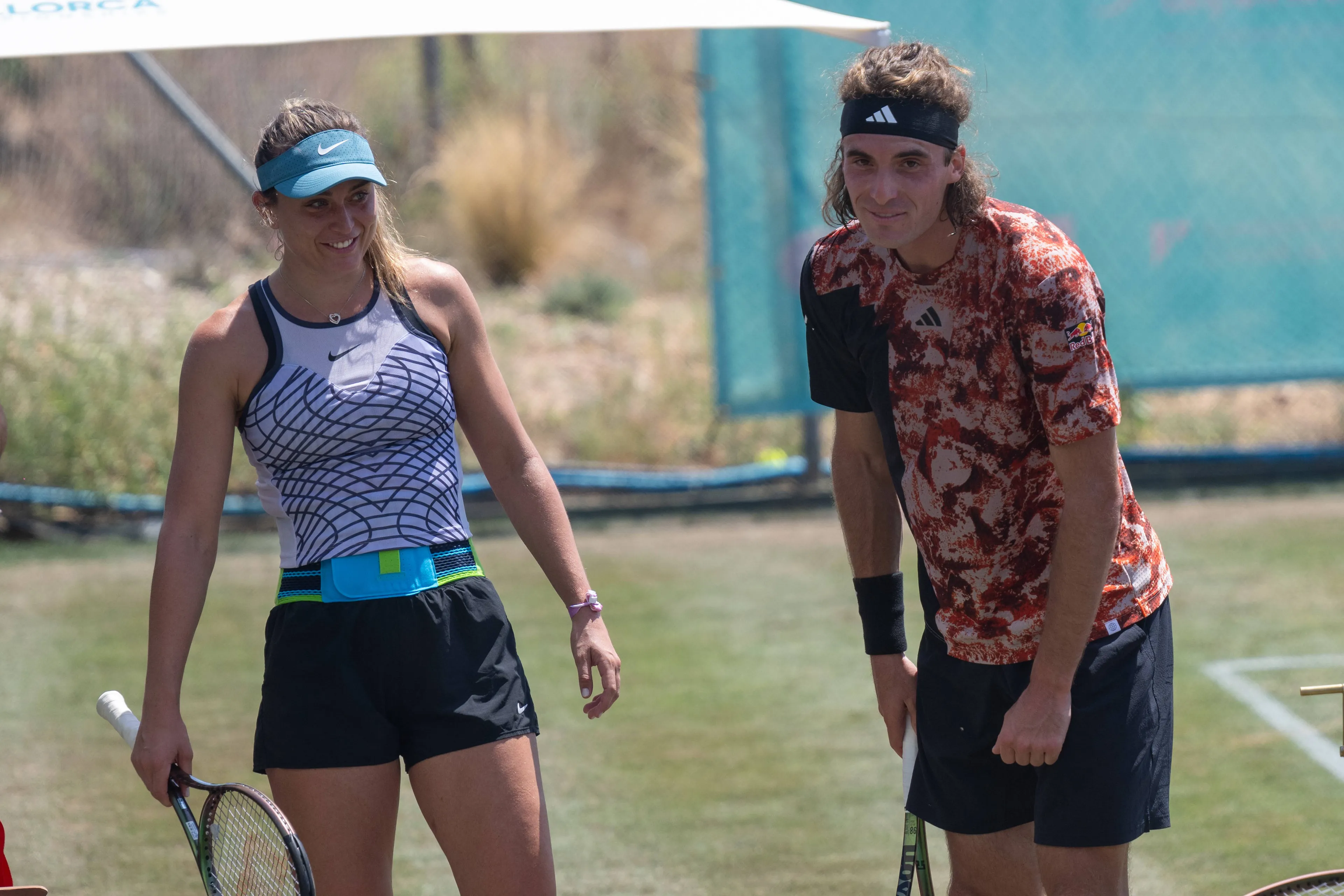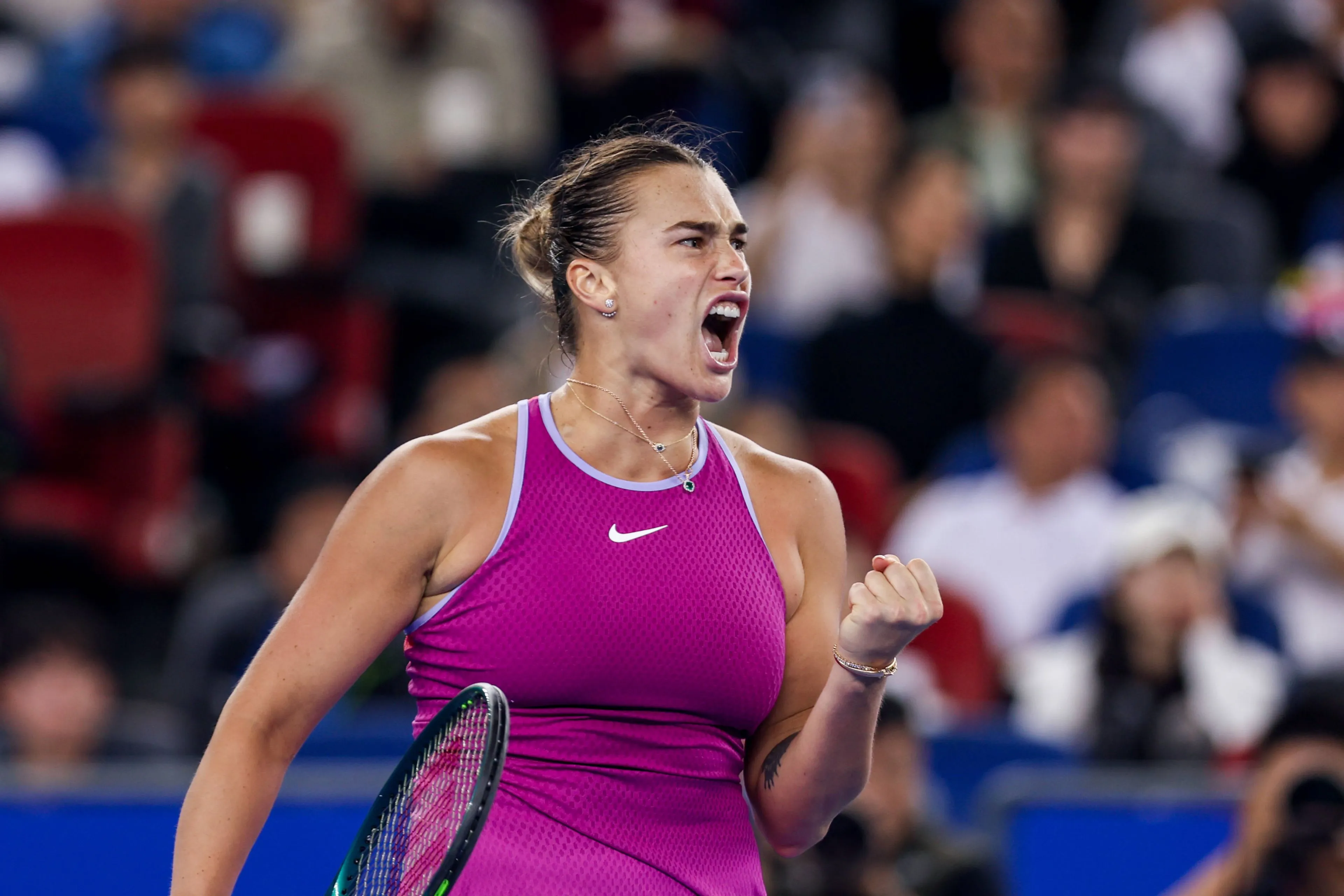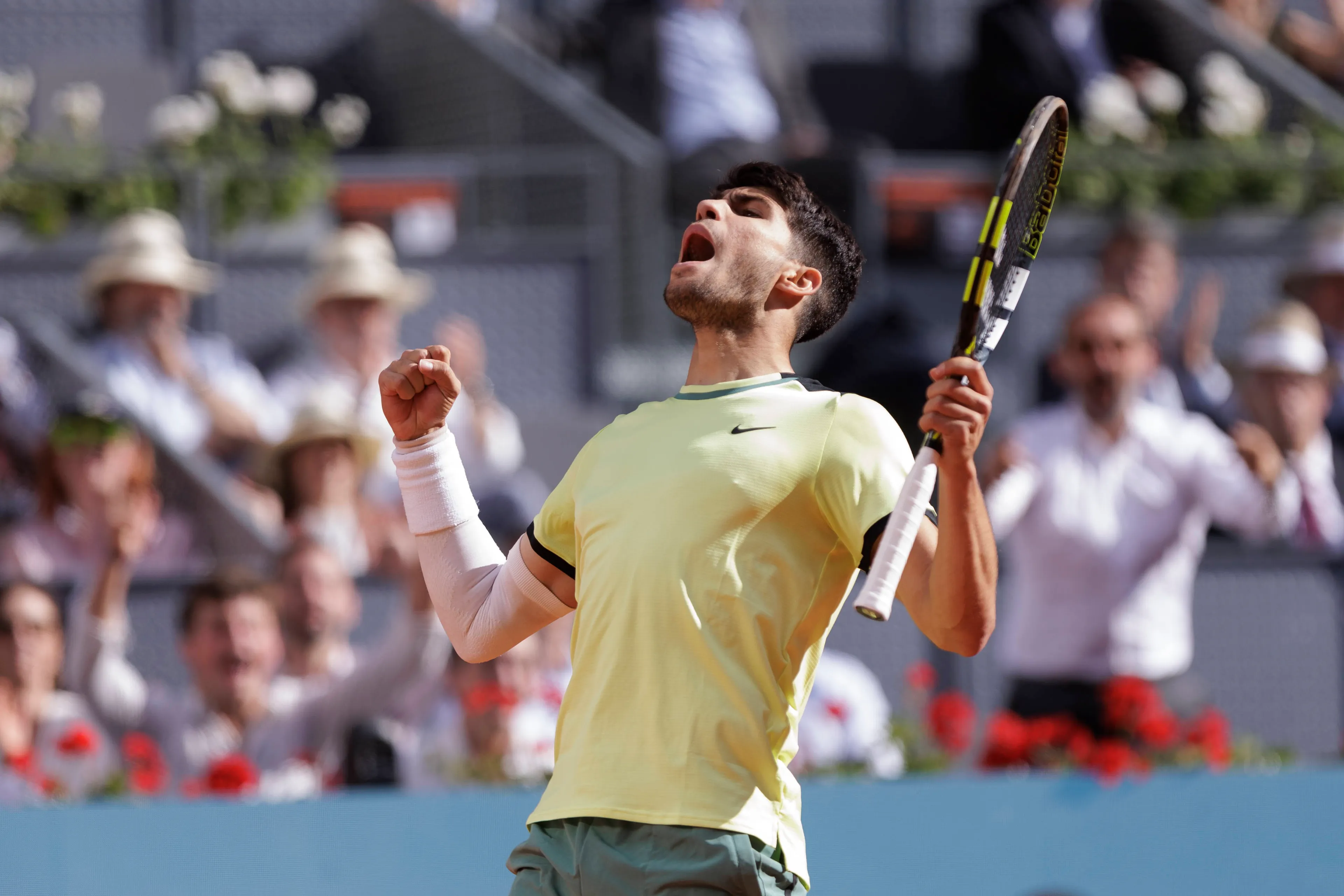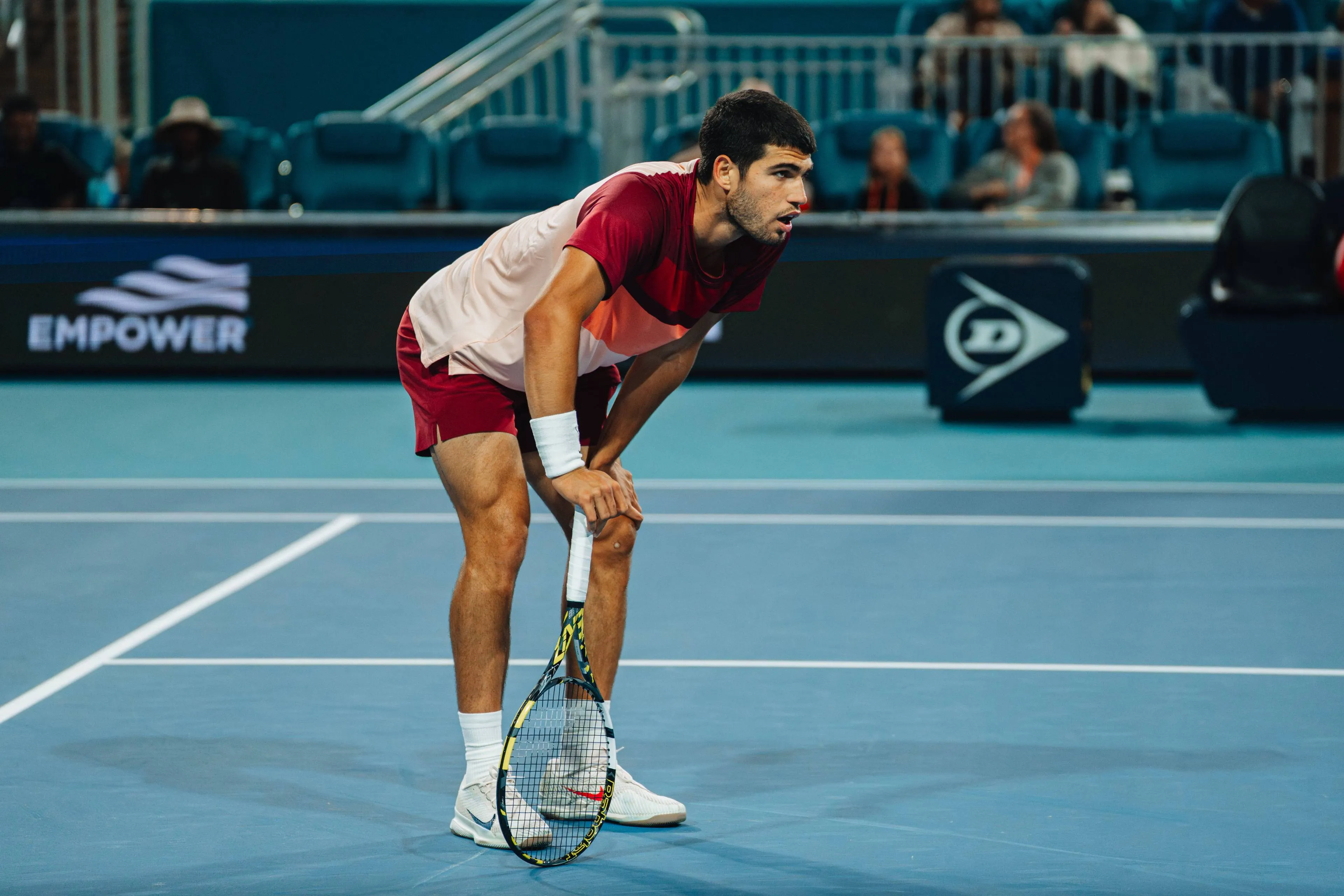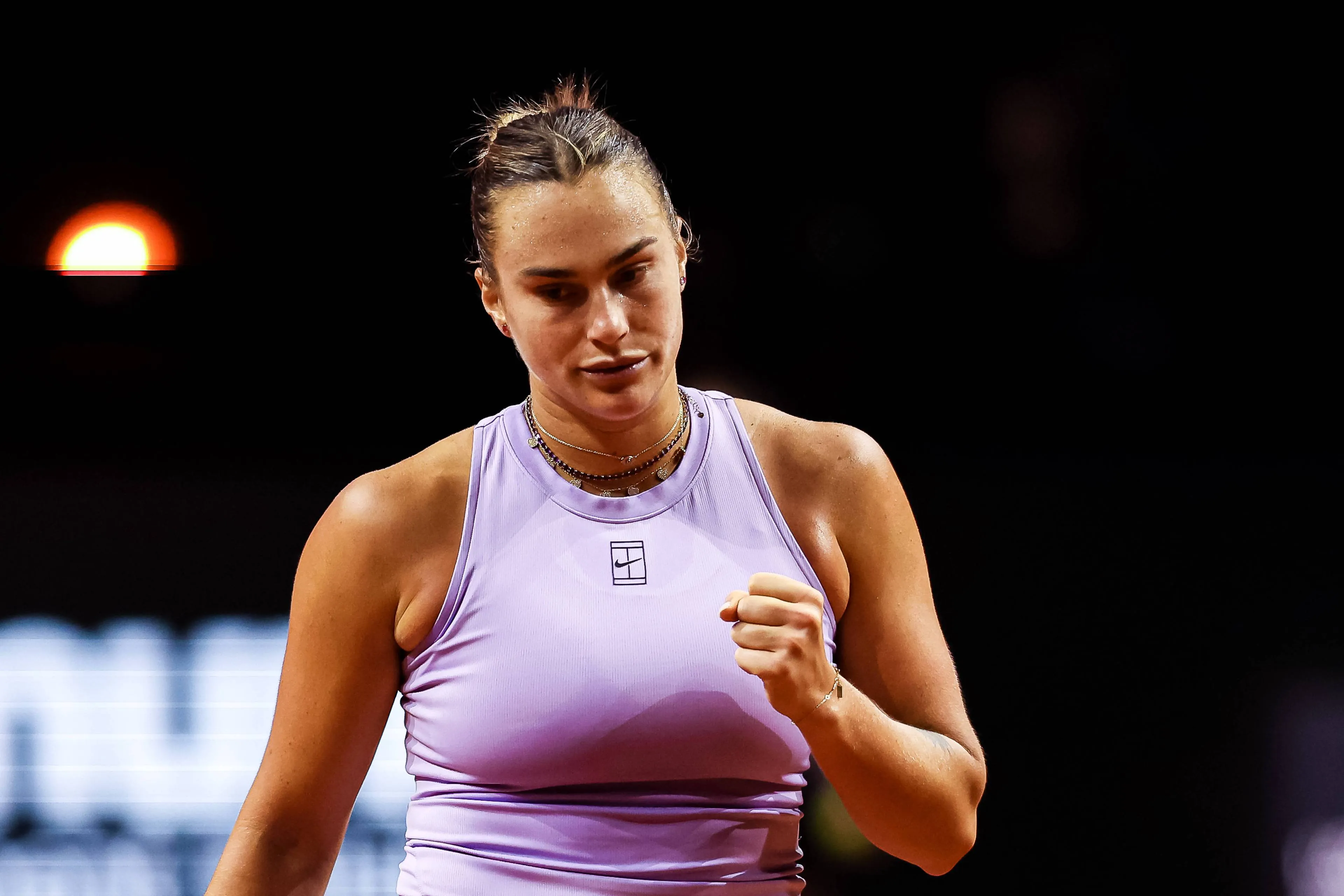Data analyst behind Aryna Sabalenka's success: 'It allowed her to work on other parts of her game'
WTASunday, 15 December 2024 at 21:30

Shane Liyanage, founder of Data Driven Sports
Analytics, has worked with Aryna Sabalenka over the last four years and is
preparing for his 5th season collaborating with the Belarusian player. The use
of a data analyst has been crucial in improving specific aspects of her game
and dominating the WTA Tour.
Sabalenka won four titles this year – two Grand
Slam titles and two WTA 1000 – and reached three other finals. She finished the
season as world No. 1 for the first time, dethroning Iga Swiatek just weeks
before the season ended.
From double faults to finesse: How Sabalenka rebuilt her game
From an early age, the Belarusian established
herself among the elite, thanks to her powerful baseline game and aggressive
playstyle. However, unforced errors and double faults were obstacles that held
her back, aspects Sabalenka had to overcome to achieve her best results.
Read also
Back in 2021, Sabalenka decided to hire Shane
Liyanage and his Data Analytics company, which provides personalised
statistical data tailored to the player. This data is used in collaboration
with her coaching team to maximise her strengths and address weaknesses.
Liyanage has worked with several elite players, including Sabalenka, Ons
Jabeur, and Karolina Pliskova.
According to the data analyst expert, most
top-100 players now rely on some form of data analysis, either individually or
through their federations:
“I believe that in all these examples, 70% of the top 100 players on both tours
have it. If we look back three years ago, it would have been around 50%. Now
it’s 70%. In four or five years, almost everyone in the top 100 will have it,
in my opinion.”
The data provided is crucial for teams to
prepare even the smallest details of a match. “In the recent US Open final
between Sabalenka and Jessica Pegula, we thought we saw something. With the new
balls, Pegula seemed to be doing really well; with the older balls, Aryna was
doing well. That’s what it looked like,” he commented.

Sabalenka won her second Grand Slam title at 2024 Australian Open, after beating Zheng Qinwen.
“We went back and again, we had to write a
little bit of custom code, but we were able to pull out and our eyes were
correct. Pegula played a lot better with the new balls, Sabalenka played a lot
better with the older balls. And of course, we’re going to take that and think
about it and see if there’s actually something we need to do or not.”
Liyanage outlined the areas where Sabalenka has
improved, recalling the serious double fault issues she faced in the past: “There
was that one Australian Open where Aryna was averaging 20 double faults and she
still made the fourth round. So she was giving 20 points to her opponent and
still winning lots of matches. And it meant other parts of her game improved.
"I think she opened up to working on the technical side because that
happened. For me, that year was a real blessing, and she doesn’t win three
Grand Slams without going through that.”
Read also
On specific improvements in Sabalenka’s game,
the data analyst added:
“We’ve found an optimal number in terms of forehand speed and spin rate that
we’d like, backhand speed and spin rate, even the serve as well. And
internally, I know Gavin, Anton, and I, we talk about Aryna winning matches
with 85%. And what we mean by that is 85% of the power spin.”
“She finds that range where that number there
is bigger than the WTA Tour averages for both speed and spin, but it’s a
reliable ball that we are confident she can make a lot of balls,” he added. “It’s
actually a challenging ball because it’s still fast, but it’s spinning a lot.
And on the WTA tour, if you can get the ball out of the hitting zone of
players, it makes it really hard for them. So I think definitely that’s been
one of the big improvements.”
Read also
“And she’s also got more variety in her game. I
think anyone that’s watched her in the last 18 months can see that she’s using
the drop shot a lot more. She’s trying to get to the net a little bit more and
being more comfortable with finesse shots and slices and things that I think,
at the start of her career, it was very foreign to her to play those shots.”
“And it was only in very extreme circumstances
that she would do it. But now she trusts herself even in a pressure moment to
use those. And then movement, her movements have improved as well. And
something that we’re going to continue to work on and to get even better going
forward,” Liyanage concluded.
claps 0visitors 0
Just In
Popular News
Latest Comments
- Well, that was ... all about nothing. Every excuse and future workout plan mentioned should have been dealt with a long time ago. R.I.P., Mark Petchey.
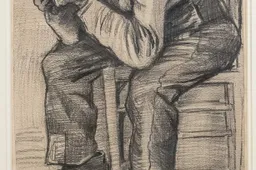 mandoist22-04-2025
mandoist22-04-2025 - I hope Marion Bley is the Chair Ump for the Final. It would be Karma Served for Saba after her disrespectful 'performance' in the semi.
 mandoist21-04-2025
mandoist21-04-2025 - Coco needs to stop the Williams Hero Worship and play like 'Coco'.
 mandoist19-04-2025
mandoist19-04-2025 - Didn't expect issues between these two...SakkariFan2318-04-2025
- Send her a crate of deodorant DoveSakkariFan2318-04-2025
- Good to see, hopefully Sakkari can return to the form she deserves.SakkariFan2318-04-2025
- Shame no play on Friday but some line-up incoming..SakkariFan2318-04-2025
- Zverev's reaction lacked a bit of class this time around. He handled it better in Australia.MrAndreeva18-04-2025
- Funny from Dove & a corporate rarity.MrAndreeva18-04-2025
- Well, we all surely appreciate this bit of nothing. Go feed your kids.
 mandoist17-04-2025
mandoist17-04-2025

